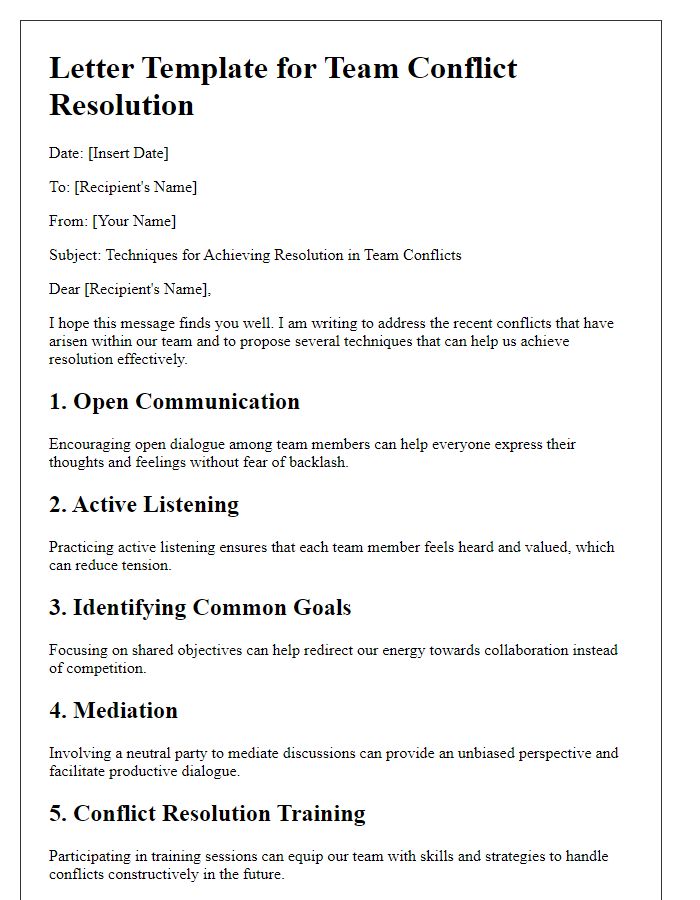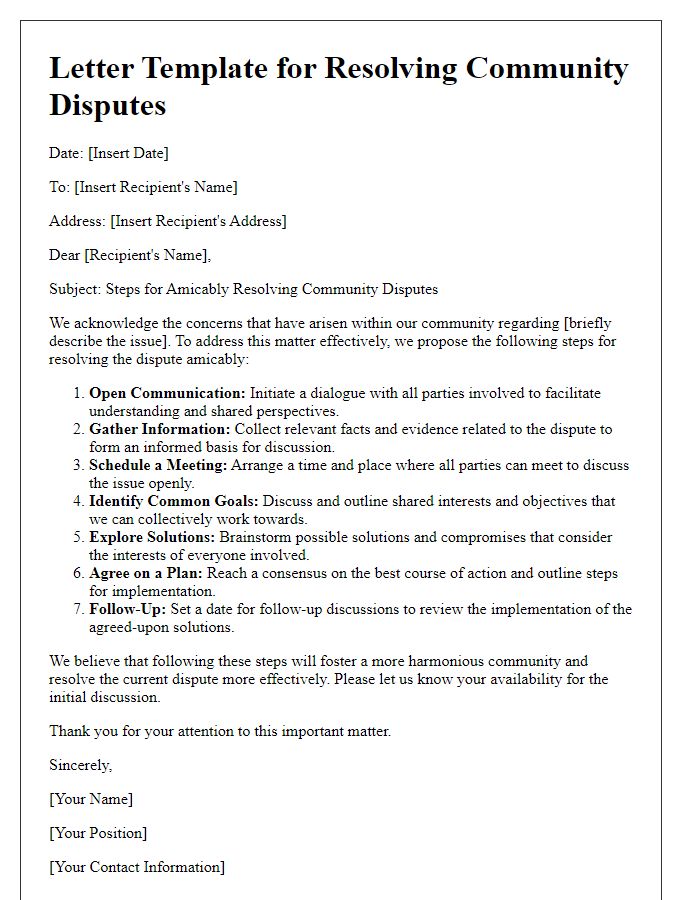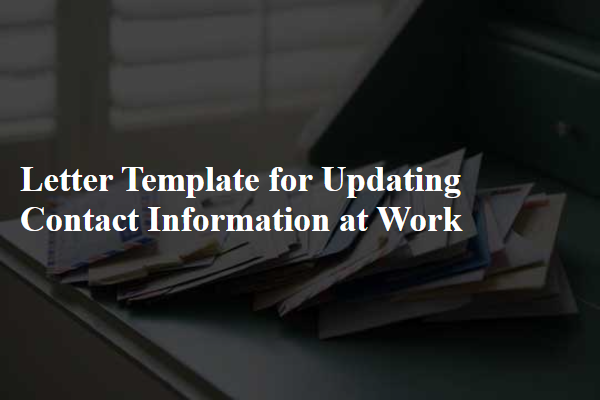Conflict can be challenging, but with the right approach, it can lead to positive outcomes and stronger relationships. In this article, we'll explore a simple yet effective template for outlining the essential steps in resolving conflicts, ensuring that all parties feel heard and valued. Whether it's a personal disagreement or a professional misunderstanding, implementing these strategies can make a significant difference. So, let's dive in to discover how you can navigate conflicts with confidence and ease!

Introduction and Purpose
In conflict resolution, establishing a clear framework is essential for effective communication and understanding. The initial step involves identifying the underlying issues contributing to the conflict, which may stem from misunderstandings, differing values, or unmet needs. Following this, both parties should come together in a neutral setting, free from distractions, to encourage open dialogue. Active listening plays a crucial role, as it helps both individuals feel heard and valued, paving the way for constructive discussions. Next, collaboratively exploring potential solutions fosters a sense of shared ownership in resolving the conflict. Finally, summarizing the agreed-upon steps and setting a follow-up date ensures accountability and reinforces commitment to the resolution process.
Description of the Conflict
A conflict arises in organizational environments when differing perspectives or interests clash, often leading to misunderstandings and tension among team members. One notable example is the recent disagreement over project deadlines in the Marketing Department at XYZ Corporation. The deadline for the launch of a new advertising campaign, initially set for March 15, 2024, has become a point of contention as some team members believe more time is required for developing effective strategies. This conflict has manifested in heated discussions during meetings, with individuals from the creative team advocating for a later deadline to ensure quality, while project managers argue the necessity of adhering to the established schedule to meet client expectations. Such discord impacts overall morale and productivity within the team, potentially jeopardizing the success of the upcoming campaign.
Proposed Steps for Resolution
Effective conflict resolution involves a structured approach tailored to address specific disputes. Identifying the root cause of the conflict is essential, often requiring discussions among the involved parties. Active listening skills, demonstrated by individuals during these conversations, ensure that each perspective is acknowledged. Next, exploring alternative resolutions through brainstorming sessions can generate creative solutions, impacting group dynamics positively. Establishing a collaborative plan with specific steps and timelines fosters accountability among the parties involved. Implementing the agreement while monitoring progress is crucial, as follow-up meetings help to reinforce commitment and address any ongoing issues. Ultimately, open communication and willingness to adapt can promote long-term peace within the group or organization.
Timeline for Implementation
Creating an effective conflict resolution strategy requires a structured approach and a well-defined timeline for implementation. Initial steps involve identifying the conflict's nature, followed by gathering relevant data and opinions from all involved parties, typically scheduled within the first week. The next phase includes facilitating a meeting to discuss the issues openly, which should occur within the second week, ensuring all perspectives are considered. After the meeting, a collaborative action plan should be developed by the end of the third week, outlining specific steps and responsibilities for resolution. Implementation of the agreed-upon solutions should take place over the next month, ensuring regular check-ins bi-weekly to assess progress. The final review and evaluation of the outcomes should be scheduled within six weeks, allowing for adjustments and process refinement if necessary.
Contact Information for Further Discussion
Effective conflict resolution involves several key steps to ensure a constructive outcome. Begin with establishing clear and open channels of communication, including relevant contact information such as email addresses and phone numbers, facilitating easy dialogue. Next, arrange a suitable meeting location, preferably a neutral space like a conference room, to foster a calm atmosphere. Clearly outline the main points of disagreement and encourage each party to express their perspective without interruption. After gathering all viewpoints, work collaboratively to identify potential solutions, taking care to consider the needs and interests of all involved. Finally, develop a follow-up plan to monitor progress and make adjustments as necessary, ensuring that the resolution is both effective and sustainable in the long term.
Letter Template For Outlining Steps For Conflict Resolution Samples
Letter template of techniques for achieving resolution in team conflicts.













Comments